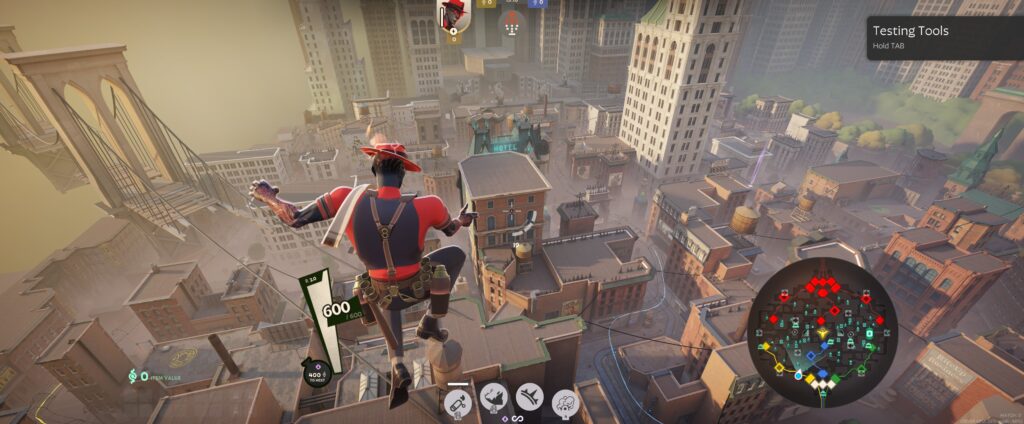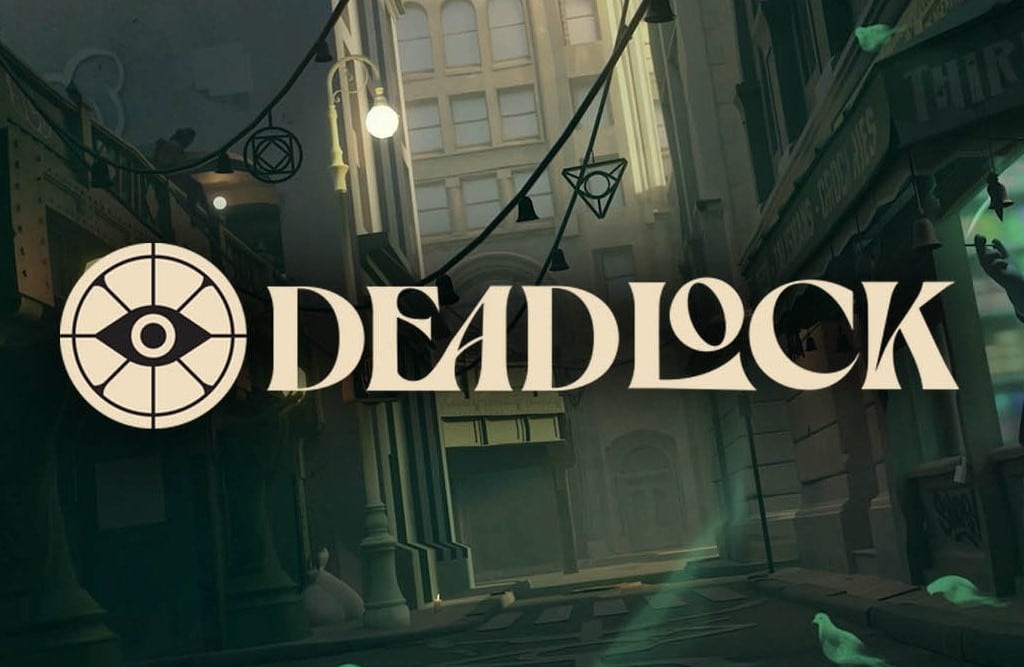Valve’s closed alpha game, Deadlock, has clocked a 90% lower player count over the past several months, causing some to doubt the game’s success.
However, there is much more to the game’s progress than its player count. This is due to the nature of pre-publishing releases and the game development process.
A full breakdown of how their alpha release is managed and where other statistics play a role reveals a more interesting picture.
Player count – statistical nail in the game’s coffin?
Valve removed publicity restrictions for Deadlock in August 2024, officially allowing community forums, public discussion, and streaming. This also opened up the game’s invitation system, allowing players to invite their friends to join the game.
August 2024 naturally triggered a boom in player count. This surge in engagement reached its peak in September 2024, when the game achieved its current all-time high of 171,490 players.
As of June 2025, the count stands at 15,925.
This number alone appears to be a devastating drop, especially compared to the game’s initial wave of interest.
However, upon digging deeper into the game’s statistics, Deadlock’s 90% drop in players is not the parachuteless cliff dive it may appear to be.
Contextual clues – what is the current state of Deadlock?
This removal of publicity restrictions was completed during the closed alpha stage, meaning that the game is still in active development.
Essentially, the Deadlock being played today is not the finished product. The term closed alpha means that Deadlock is still progressing through its development stages.
Currently, the game also appears to be moving forward with design elements that more closely resemble the beta stage of development. For example, the character design and textures have been gradually refined since August last year.
Therefore, we can assume that Deadlock is somewhere at the end of its alpha development stage, transitioning into its beta testing stage.
Beta testing is more common in game development, and many betas are well-advertised.
For example, September 2024’s Call of Duty Black Ops 6 Beta was heavily advertised at the time. Anyone was able to play the beta if they followed the instructions from the publisher Activision, and beta codes were heavily distributed.
Official beta testing is usually launched when the game has a clearer path to final release, such as a release date in place.

Deadlock’s invite system – the roots of its player base
Deadlock is technically still classified as being in closed alpha. This means that an invite system is still in place to access the game.
To gain access, someone on your Steam friends list must have the game.
Some forums have strangers offering to add you on Steam for the sole purpose of sending a Deadlock invite. You can usually find these people on the game’s Steam Community page.
The game’s main menu has an “invite a friend” button. Someone with existing game access must click this button and select your Steam profile from their friends list.
Following this, you will receive your invite from Valve. This invite takes anywhere between one to two hours or one to two days to reach your inbox. However, most players report a maximum wait of two hours.
This creates a tree-like system, with the game’s player base slowly branching out through their connections.
Naturally, this results in a significantly lower active player base. If it were available for immediate download from the Steam store, a rise in players would likely occur.
Will Deadlock bounce back on release?
Despite the player count drop, there have been two small engagement boosts since August 2024.
On May 8th, 2025, there was a slight jump in player count. Deadlock’s May 8th game update is the likely cause. Valve reworked the item shop, updated the map art, and improved the movement mechanics.
There is a continuing interest in the game’s development.
Additionally, the game is currently #2 in Steam Wishlists. Players eagerly await Deadlock’s full release, and many gamers are looking forward to playing the post-testing, published version.
Therefore, despite the doomsday-style announcements of Deadlock’s statistical nose-dive, losing 90% of its active player count is not an omen for the game’s success.
From community feedback, it appears more likely that the game’s skill ceiling and high entry skill requirements will hold back success on launch, not the mid-alpha engagement.
With feedback being core to alpha and beta game testing, there is still ample time for the game to evolve and change. In the opinion of some fans, perhaps it is better to sit back and enjoy the early days of Deadlock without worrying too much about its future.

Hannah is a writer specialising in the esports, gaming, and technology sectors. Working for outlets such as Dot Esports, Esports Insider, and of course ENUK, she has developed a love for wider esports and Apex Legends, although it may never surpass her drive to passionately beat her friends in every game of Mariokart. You may have seen her at various esports and gaming events, including ESI London, EGX, Discover: Esports and many League of Legends watch parties.


